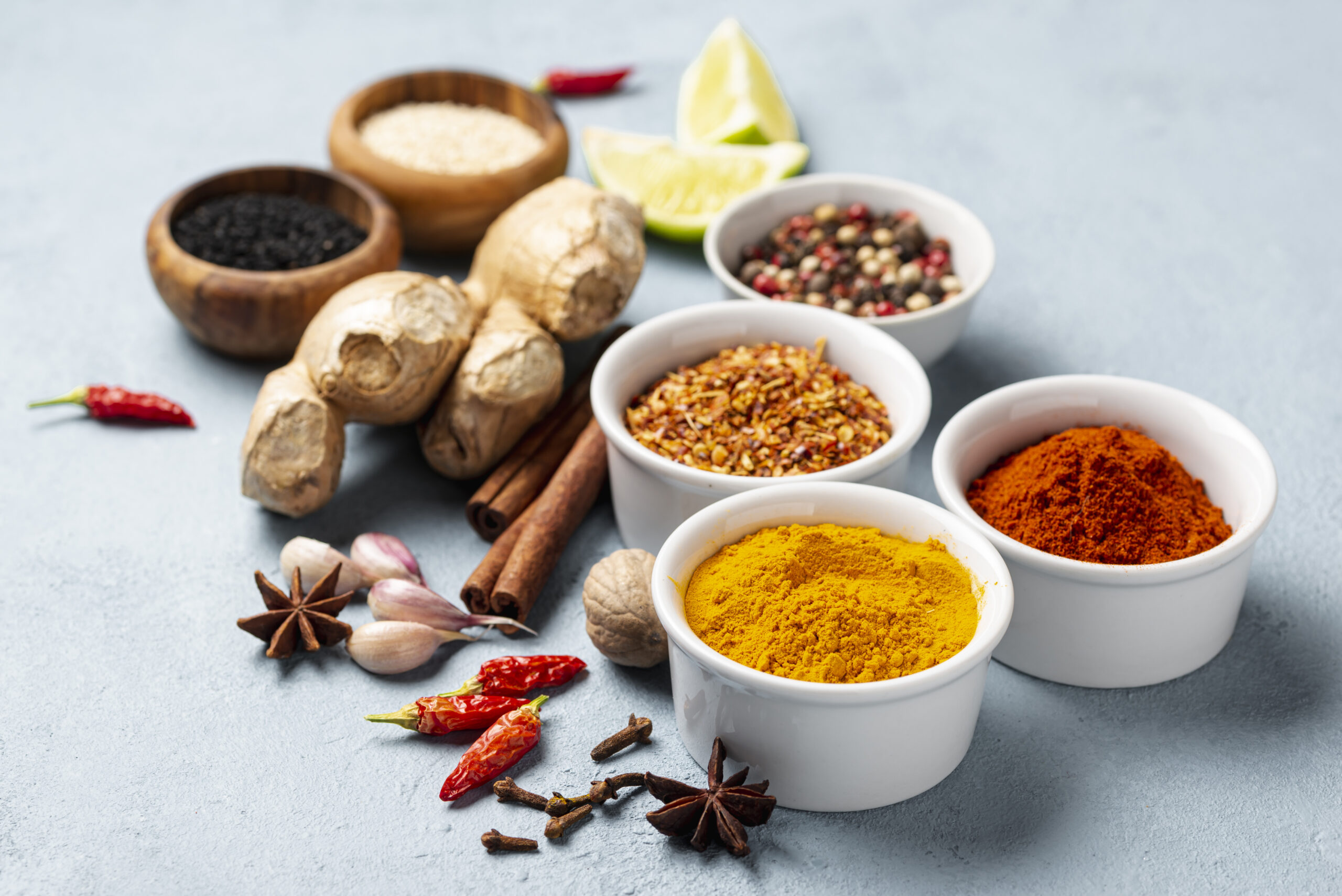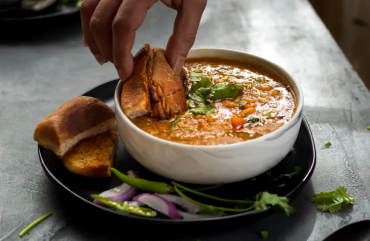Introduction
India is a land of spices, and if there’s one blend that truly captures the essence of its rich culinary heritage, it’s garam masala. This aromatic mix of warm spices—typically including cinnamon, cardamom, cloves, cumin, coriander, and black pepper—culminates in a delightful concoction, adding an indelible flavor to indigenous delicacies.
Each Indian state has its own way of using Garam Masala, cooking up a rich narrative strongly influenced by local ingredients, cooking techniques, and traditions. Let’s take a journey through six states to explore their unique take on this beloved spice mix.
1. Punjab – The Bold and Robust Masala
Punjab’s cuisine is known for its rich, buttery flavors, and garam masala plays a vital role in creating that depth. The Punjabi version often includes black cardamom and nutmeg, giving it a smoky and earthy taste. It is used generously in butter chicken, dal makhani, and chhole masala, added towards the end of cooking to enhance the aroma. Punjabi delicacies are synonymous with their bold, irresistible flavors – subtly camouflaged by the sweetness of cream and dairy.
2. West Bengal – The Delicate and Fragrant Touch
As we move towards the east and arrive at West Bengal, the use of garam masala is simpler; nevertheless, its aroma remains intact. Here, this spice mix is typically made with just three key ingredients: cinnamon, cardamom, and cloves. It is used sparingly, often sprinkled at the very end of cooking to preserve its delicate fragrance. From the comforting cholar dal to the rich Kosha Mangsho (slow-cooked mutton curry), the Bengali Garam Masala is all about subtle elegance rather than overpowering heat.
3. Kerala – The Coastal Spice Blend
The Land of Spices is famous for its flavor-packed cuisine, and its version of Garam Masala reflects this beautifully. The spice mix here often includes fennel seeds and star anise, lending a sweet and slightly licorice-like aroma. Kerala’s famous meen curry (fish curry) and varutharacha kozhi (roasted chicken curry) rely on this unique Garam Masala to achieve their deep, complex flavors.
4. Rajasthan – The Royal and Smoky Masala
Rich, smoky, and warming—that’s how we sum up Rajasthan’s distinct climate and unique delicacies. The Rajasthani Garam Masala often includes black pepper, dry ginger, and bay leaves, adding heat to the otherwise dry and arid cuisine. Dishes like laal maas (fiery mutton curry) and Gatte ki Sabzi (gram flour dumplings in yogurt gravy) are infused with this spice blend, making them truly royal and unforgettable.
5. Maharashtra – The Spicy and Earthy Masala
Maharashtra’s kanda lasun masala, a close cousin of garam masala, includes dried coconut, garlic, and sesame seeds, making it nutty and robust. This version is used in the state’s famous dishes like misal pav (spicy sprout curry) and Kolhapuri tambda rassa (red-hot mutton curry). It’s the perfect mix for those who love their flavors spicy, bold, and earthy.
6. Uttar Pradesh – The Mughlai Influence
The Garam Masala from Uttar Pradesh carries strong Mughlai influences, often featuring mace, nutmeg, and white pepper. It plays a key role in rich, slow-cooked dishes like shahi paneer, nihari, and Awadhi biryani. This version of garam masala adds an element of luxury and depth to the cuisine, making it truly royal in its roots.
From the smoky kitchens of Rajasthan to the spice-laden coasts of Kerala, every Indian state has its own signature touch when it comes to Garam Masala. We at 29 states offer carefully roasted and blended spice mixes, from the fiery notes of Maharashtra to the delicate aroma of West Bengal. India’s spice legacy is as diverse as its people, offering a world of flavors in every bite. Join us in our efforts to carry forward this rich legacy.
So, the next time you sprinkle Garam Masala into your dish, remember—you’re not just adding spice; you’re adding centuries of tradition, culture, and flavor.



